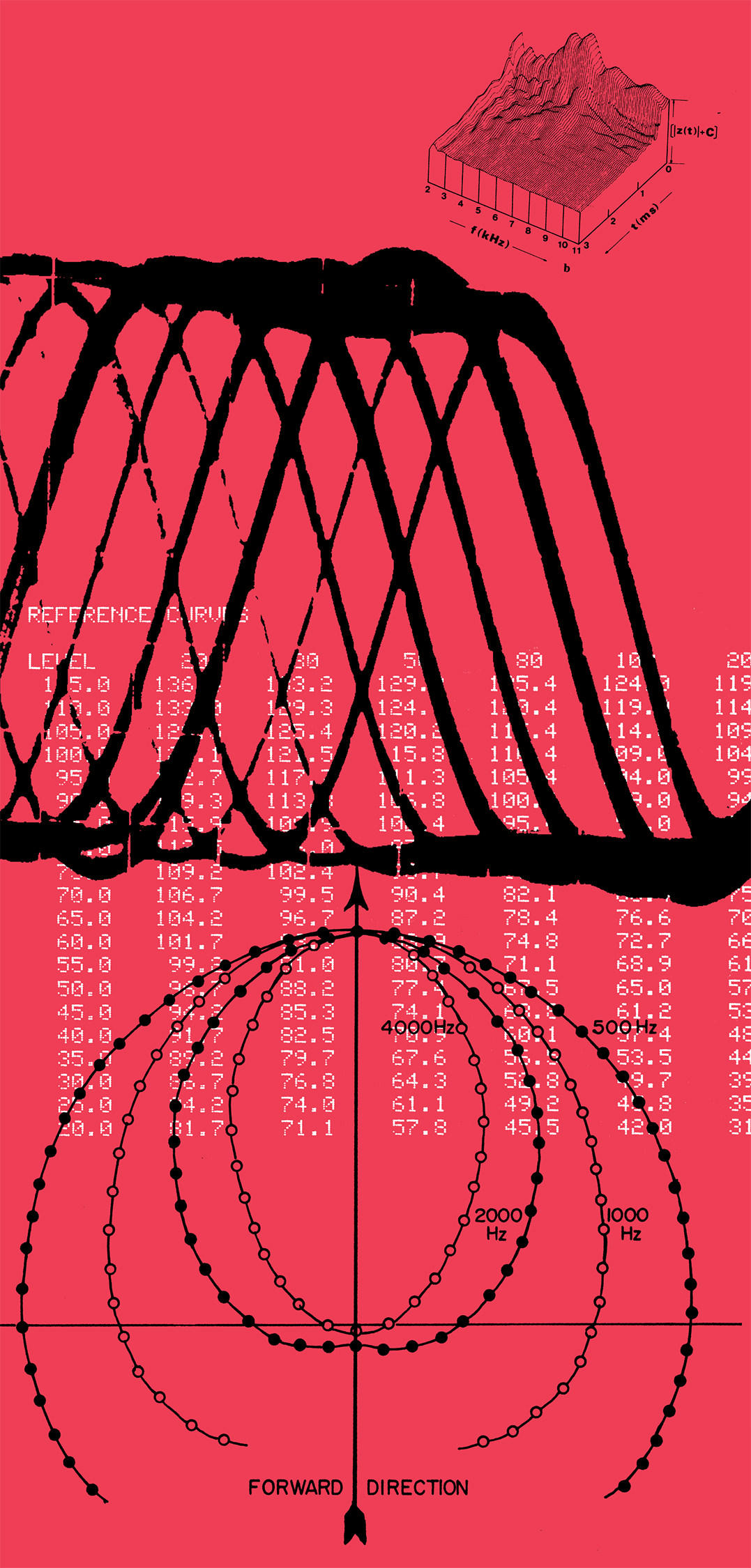The AMS Neve 1073 DPX is a dual-channel preamp/equalizer in a 2RU-height rackmount chassis. With vintage Neve 1073 strips fetching more and more coin, and dependable techs becoming harder to find, I was curious to see how a modern (and presumably more reliable) alternative would hold up to the original. Plenty has been written about the legendary 1073 and its many clones — here on the pages of Tape Op, as well as in other publications and websites — so for this review, I’ll concentrate on the 1073 DPX’s many unique features.
At a glance, the 1073 DPX sports all the same mic preamp gain and EQ frequency/gain settings you’d expect on a 1073, using Grayhill dual-concentric controls and pushbutton switches. The control legends are identical but are rotated 90° to match the 1073 DPX’s horizontal, standard rackmount orientation. Opening up the unit, you’ll find custom Neve Marinair transformers manufactured to the original specification, at both the input and the output stages — very cool!
There are some differences on the inside. Like a lot of AMS Neve’s current products, the 1073 DPX uses surface-mount technology instead of point-to-point construction. The latter is what you’ll find in original Neves as well as in some boutique clones. Additionally, mic-gain switching relies on a relay system instead of the original dual-zone gain switch. An external line- lump PSU also seems a little bit curious at this price point. It’s safe to assume that all of these design choices contribute to cost-effectiveness and overall reliability, and I discovered only negligible sonic repercussions — more on that in a second.
The real selling points of this box are all of its added features. Each channel of the 1073 DPX sports a Neutrik Combo jack on the front panel, for quickly plugging in an XLR mic or TRS line–level source, with a nearby switch to choose between front or rear jacks. In the rear are separate XLR jacks for mic input, line input, and line output, as well as send and return 1/4’’ TRS jacks for a balanced insert loop, switchable pre or post–EQ from the front panel. In addition, a hi-Z DI jack on the front panel automatically takes over as the input source when you plug in a 1/4’’ instrument cable, and the DI has switches for ground lift and −20 dB pad. These per-channel add-ons make the 1073 DPX an excellent choice for fast-paced writing and production sessions where speed and efficiency are as important as sound quality — and this box delivered on all counts. For example, it was great for quickly auditioning keys or grabbing spur-of-the moment scratch vocals, all without compromise.
Going even further, each channel has an LED peak meter that you can easily switch to display signal level at pre-EQ, post-EQ, or post-output stages, as well as an output-level knob that functions as a channel fader. There’s even a built-in headphone amp, with a jack and volume knob on the front panel, which allows for direct monitoring of channel 1 to both ears, channel 2, or both channels simultaneously in stereo. An optional digital I/O module is also planned, giving users both an ADC for the inputs and a DAC assignable to the outputs. All of these features are extremely convenient for getting in and out of the 1073 DPX, even without a patchbay.
As should be expected, the 1073 DPX held up really well against a vintage 1073 module at normal gain settings. The two sounded very similar, with the original having just a slightly nicer lower-midrange action, at least to my ears. The only obvious difference came when driving the mic preamps into breakup. I found the distortion of the 1073 DPX a little thinner and fizzier than that of the original, which retained more low end and had a more usable overdrive. This could be a result of a number of things, and is overall a minor consideration when you look at everything else the 1073 DPX offers.
If I were in the market for a pair of affordable 1073 preamp/EQs (which seems like an oxymoron), I’d absolutely consider the AMS Neve 1073 DPX, especially for a writing/production room. The extensive I/O alone made the unit a go-to for me on multiple sessions. The 1073 DPX is certainly not cheap, but compared to what you’d pay for a working pair of racked originals without any of the added niceties, its price is very reasonable.




_disp_horizontal_bw.jpg)